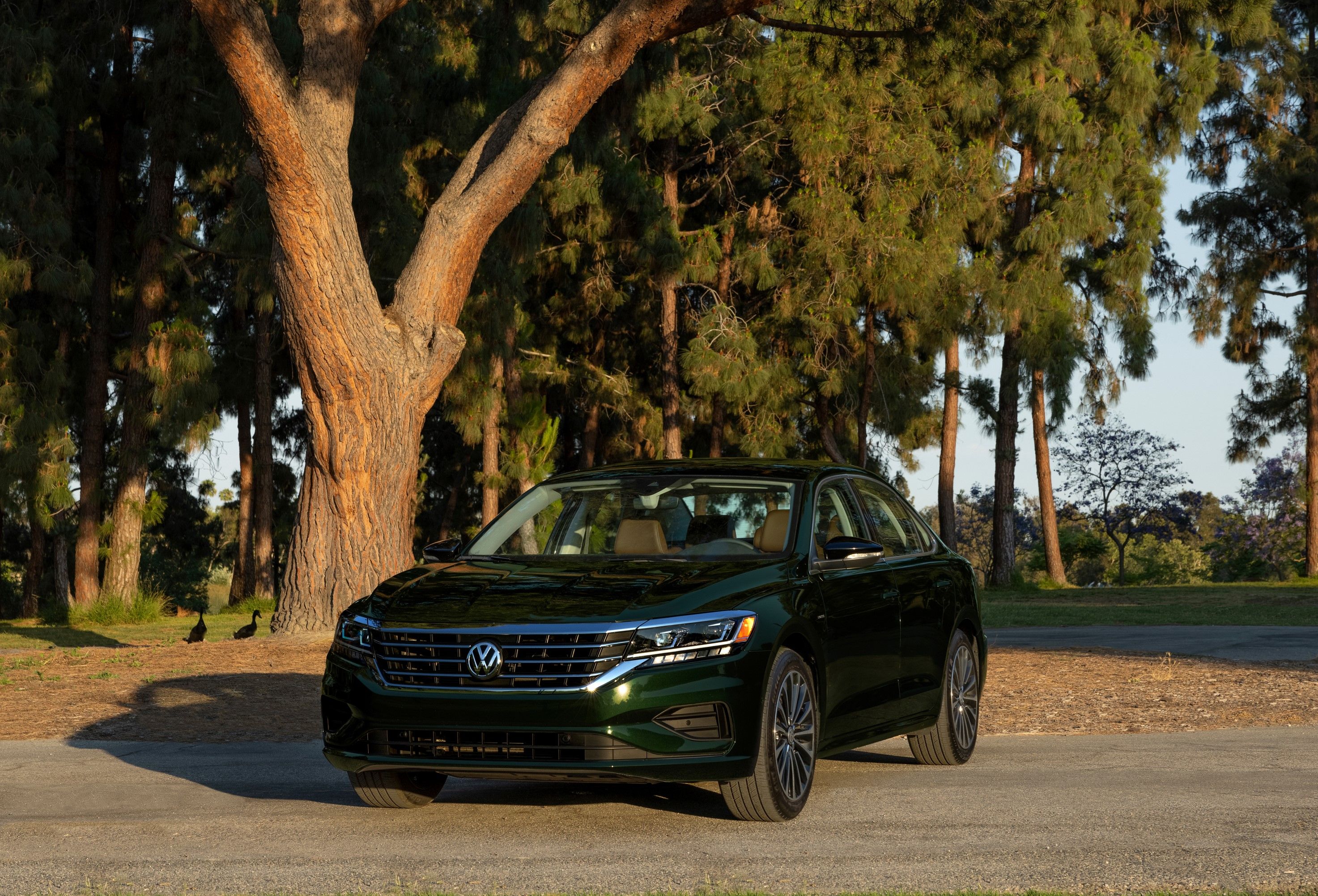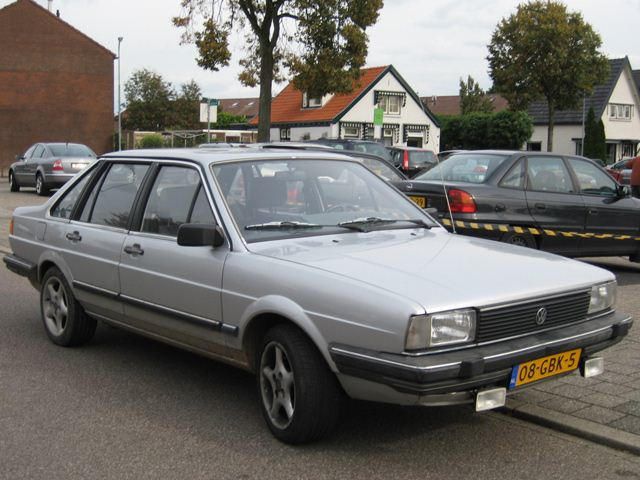
If you find yourself hoping right now that someone at Volkswagen was a big enough fan of Carlos Santana that they named a car after him, you aren't alone. Unfortunately, the name is just a coincidence. The Santana is a second-generation Volkswagen Passat, which lived on much longer in South America than it did in most markets, and even longer still in China. Only a few automotive platforms have lasted longer than this. And most of them are also Volkswagens.
The B2 Passat was launched in 1981, and before the year had ended, license-built versions were already being made by Nissan for the Japanese market. As with other markets that had license-built cars rather than VW-built ones, the sedan version of the car was called the Santana, while the wagon was called the Quantum. VW-built cars were made in Mexico and Argentina, which went by the names Corsar and Carat respectively. Cars built locally from knock-down kits were being made in China as early as 1982, but it was in 1984 that the real story of the Santana as its own model begins.
The most significant developments for the Santana took place in Brazil. Volkswagen do Brasil is VW's biggest division in South America by a huge margin, and it is given a fair amount of autonomy to determine what is best for its market. So after the Santana had become such a hit when it was introduced in 1984, Volkswagen do Brasil didn't want to switch over to the B3 platform in 1991. Instead, it entered into a partnership with the local division of Ford to continue producing the B2 car as a way to offer a less expensive bigger car.
Volkswagen had been working with a local partner in China since 1984, and this Chinese division would take a great interest in the Brazilian version of the Santana. So when the Brazilian model split from the German one, China followed suit and started working from Brazilian designs starting in 1991. The first design tweaks that were actually carried out in China by Shanghai Volkswagen Automotive wouldn't appear until 2004. This is because the Brazilian model was being phased out, with Brazil getting more modern VW designs all around.
The Quantum was dropped in 2002 in Brazil and the Santana would finally be dropped in 2006. The modernization of Volkswagen do Brasil is only now finally complete, with the dropping of the Kombi, a water-cooled version of the old Microbus. But China carried on with the Santana and even introduced a version called the Santana Vista, a China-specific taxi model, in 2008. The B2 Passat was really quite a fun car, but the Santana models weren't quite up to that level. All-wheel drive wasn't offered on these license-built cars, and neither were the more powerful five-cylinder engines.
China didn't have an engine offering which produced more than 100 horsepower until 2008, and this one was just barely into the triple digits. Brazil fared a bit better when it came to power, but it is still ultimately true that the reason why the car became popular was because it was cheap to build, and things like AWD and more power are expensive, thus defeating the purpose. Production of the Santana only just finished last month, after about 30 years of production in China. The nameplate will supposedly live on, with a new but very different Santana model planned.
The current Passat is now being sold in China, so the model will now be a much smaller car. It is built on a stretched version of the PQ25 platform, meaning it will essentially be a slightly bigger VW Polo. That's not really the same kind of thing, but no matter how you look at it, the B2-platform Santana had quite a good run.

